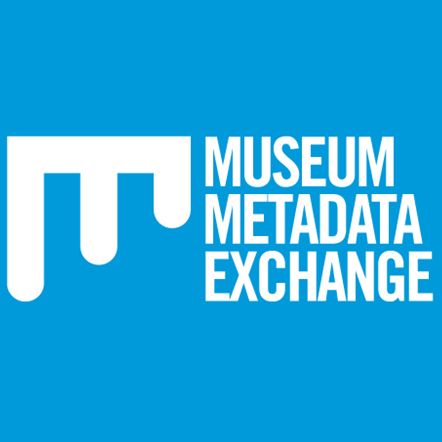Brief description
The Langley Diving Collection comprises 36 diving helmets, plus 28 other standard dress diving objects including: air pumps, diving knives, torches, suits, boots, and communication equipment. Standard dress diving (as opposed to open helmet diving, free diving, or SCUBA) refers to the type of diving in which diver's wore a helmet or 'hard-hat' sealed to a water tight canvas suit. The collection was built up over a 30 year period by former abalone diver, Mr Greg Langley of Hobart. The Langley Diving Collection was donated to the Queensland Museum through the Federal Government's Cultural Gift Program between 2008 and 2010Full description
This collection is historically significant for its many associations with the history and evolution of standard dress diving around the world as well as in Queensland and Australia. Of particular interest is the Augustus Siebe Diving Helmet which dates from between 1840 and 1844. As its name suggests it was made by Augustus Siebe (known as the 'father of diving') and is significant as the second earliest standard dress diving helmet in the world and one of only 4 known examples of its type. Other significant objects include Melbourne 'Mel' Ward's shallow water helmet - a unique Australian made helmet used to study and collect specimens in the Great Barrier Reef and PNG for Australian and International museums during the 1930s; pearl-shelling diving helmets; and an Australian made Robison diving helmet made in 1943 for the Commonwealth Salvage Board (a war time agency which employed specialist salvers and divers to recover shipping). The collection is widely regarded in Australia and internationally as the most extensive and high quality in the country.Data time period: 1840 to 1969
Spatial Coverage And Location
text: Torres Strait, Australia
text: Queensland, Australia
Subjects
Augustus Siebe |
Commercial diving |
Diving equipment |
Exploration |
Greg Langley |
Marine salvage |
Melbourne Charles Ward |
Military technology |
Pearl shelling |
Sponge diving |
Underwater cutting and construction |
diving |
maritime history |
User Contributed Tags
Login to tag this record with meaningful keywords to make it easier to discover
Identifiers
- Local : QM00033


